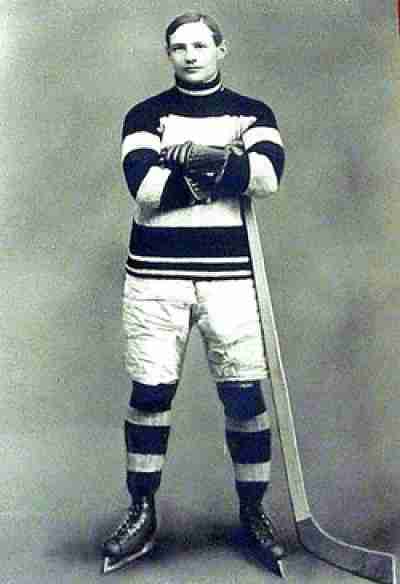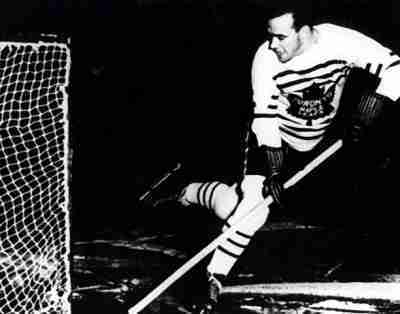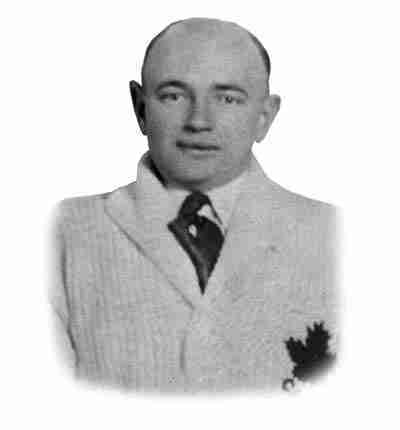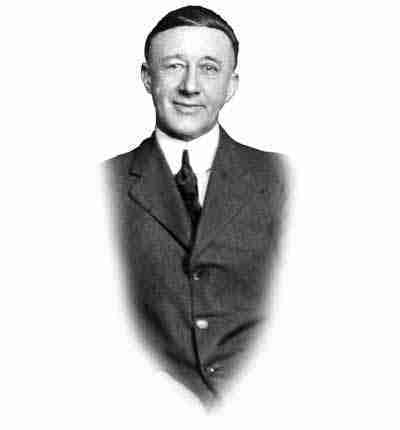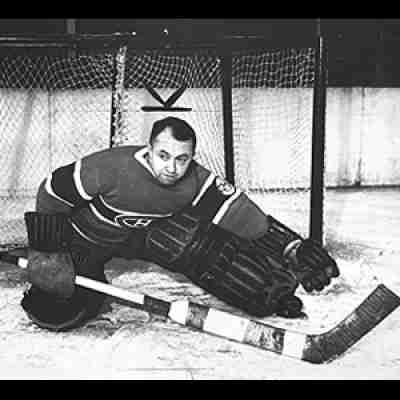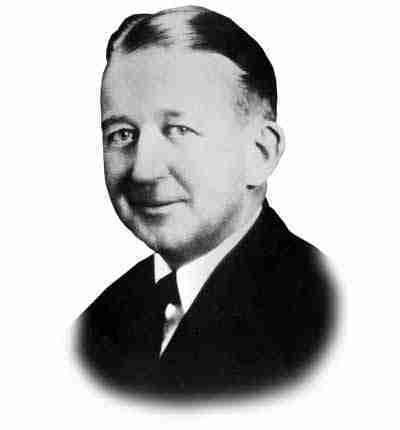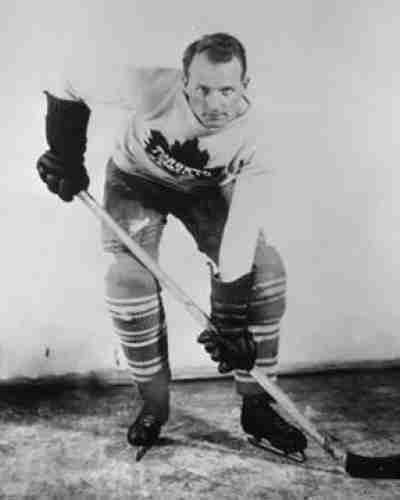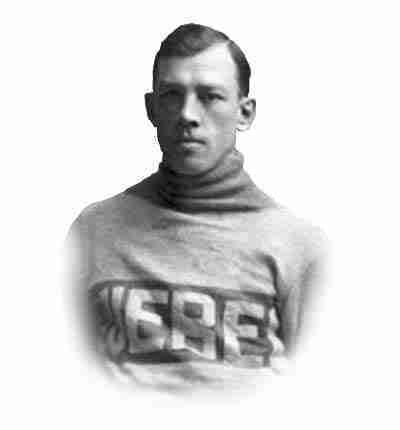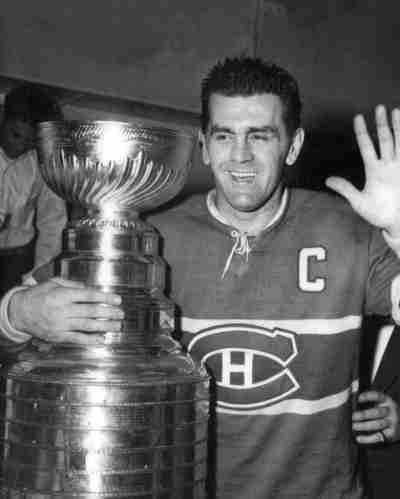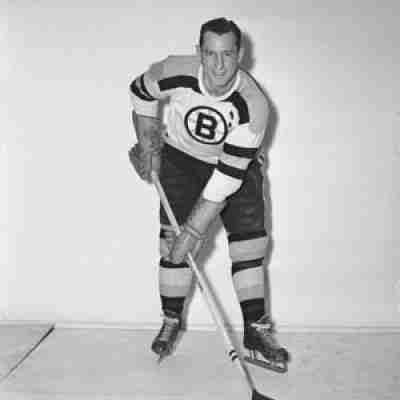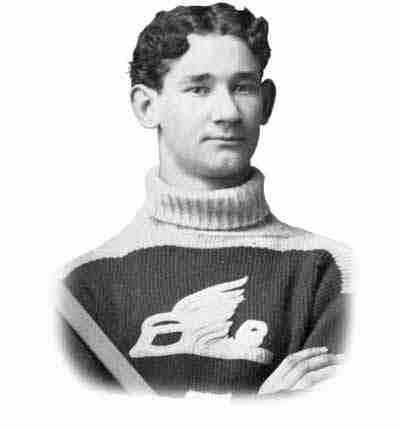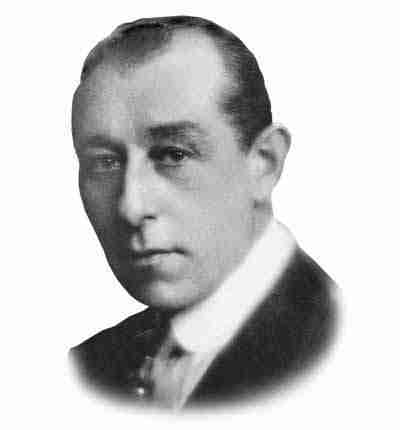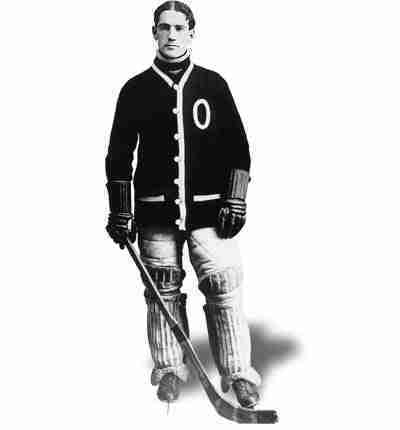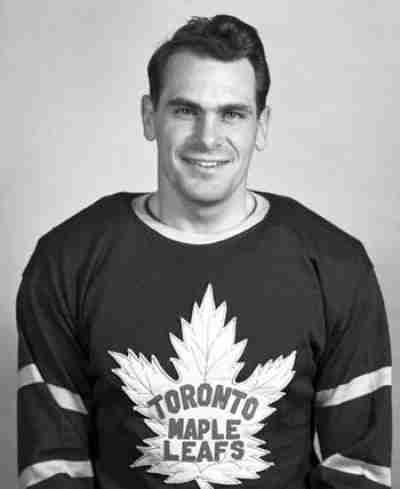1961 Hockey Inductees
This was a major year for the Hockey Hall of Fame, and this was not because of the massive size of the Class of 1961, and that it included Maurice “Rocket” Richard. This was the year that the Hall officially set up residence in Toronto, Ontario, Canada where it remains to this day.Conn Smythe, the former manager of the Toronto Maple Leafs and chairman of the NHL owner’s committee was the man behind pushing for a permanent facility to be built in Toronto. He found the resources and funding to build on the grounds of the CNE (Canadian National Exhibition) and construction concluded in 1961 where it enjoyed solid attendance.
The Class of 1961 as mentioned was headlined by Richard, whose three year wait was waived to get him in immediately. The class had other notable names, like George Hainsworth, Milt Schmidt and Syl Apps and the overall class consisted of fourteen players and builders.
Considered one of the first power forwards in Hockey, Bruce Stuart was another turn of the century star that emerged from the Ottawa Valley. Stuart used his size to bully opponents and score goals and as such was rewarded with multiple Stanley Cups. Stuart joined his brother Hod (who was inducted in the first HOF Class in 1945) into the Hall of Fame in 1961.
A five time goal scoring champion in the National Hockey League, Charlie Conacher was a star player for the Toronto Maple Leafs and was the Right Wing of their famed “Kid Line”. Conacher was aptly nicknamed “The Big Bomber” for his powerful shot that scared goaltenders for years. He was not a one trick pony, as he was an underrated skater who could also elude defenders…
A star in the Ontario Hockey Association, Frank Rankin scored a plethora of goals for the Toronto Eatons and Toronto St. Michaels respectively. Perhaps it was as a coach that he achieved his greatest success as he led the Toronto Granites to consecutive Allan Cups, the latter of which allowed him to take his squad to represent Canada in the Olympics. Rankin won a Gold Medal…
Far more than just a long time referee (He refereed 2,400 hockey games; Fred Waghorne brought a lot of positive changes to the game. He brought in the whistle to initiate stoppage in play, which was previously sounded by a cowbell. He also was the first to drop the puck from a few feet above the ice instead of placing it on the surface and he…
The winner of the Vezina Trophy in the first year of its existence, George Hainsworth became the workhorse for the Montreal Canadians between the pipes. He would lead the NHL in Goals Against Average twice posting an insane 0.92 in the 1928-29 campaign. Although passing changes opened up the game and prevented a similar statistical effort, Hainsworth was still among the better goalies and would backstop…
An important builder in American Hockey (especially in New England), George V. Brown organized amateur Hockey teams in the Boston area and it could be said that his work helped professional Hockey to arrive in Beantown. Brown also helped to organize the U.S. squad that competed and won the Silver Medal at the 1924 Olympics.
Clarence “Hap” Day may not have been the best scoring Defenseman in Hockey history, but he was part of dynamic tandem with King Clancy and was the Toronto Maple Leafs Captain for a decade. Hap Day’s natural leadership skills transferred well behind the bench and as the Leafs Head Coach he won five Stanley Cups. Despite being a demanding and detailed coach, he received the most from…
English born and Canadian bred, “Bad” Joe Hall was a rough and tough Defenseman in the first era of organized hockey. Hall was also a very good goal scorer and was a solid part of the Quebec Bulldogs winning the Stanley Cup in 1912 and 1913. Unfortunately, Joe Hall’s life met with a tragic ending. Hall was part of the Montreal Canadians who were competing with…
The crown jewel of the 1961 Hockey Hall of Fame Class, Maurice “Rocket” Richard had the three year wait for HOF eligibility waived so that he could be enshrined right after he retired. Nobody should dispute that decision as the career of Richard was that important not just to Hockey but to the province of Quebec as well.
The Centre of Boston’s famed “Kraut Line”, Milt Schmidt was a study in contrasts. His hardnosed play was combined with stellar playmaking and as such was the lynch pin to two Bruins Cup victories in 1939 and 1941. Schmidt would serve his country in World War II and lost three productive seasons of professional hockey, but would return as an effective force and won the coveted…
One of the first players to turn professional, Oliver Seibert was a local legend in the Berlin (Kitchener) area. He was alleged to be one of the first players to use a wrist shot, and he was a prolific goal scorer in the old Western Ontario Hockey Association. Seibert turned professional in 1904 when he joined the Canadian Soo. His son, Earl Seibert would also become…
Although he was a decent player in his native Belgium, it was Paul Loicq’s work in promoting hockey across Europe that earned his induction into the Hockey Hall of Fame Builder’s category. Loicq would become the president of the IIHF in 1927 and spent his life dedicated to growing the sport. This is arguably the first true International induction to the Hall.
Initially a Right Winger, Percy LeSueur achieved his greatest success in organized hockey as a Goaltender. LaSueur was not just a student of the net, but a teacher as well. He wrote a manual on the position while in his prime and led Ottawa to two Stanley Cups. While playing, he created the gauntlet style glove and the style of net used in hockey from 1912…
A career Centre for the Toronto Maple Leafs, Syl Apps won a large share of hardware for the Buds. Considered by his peers, his fans and his employers to be one of the classiest guys in the sport, Apps was also a very skilled player. He would twice lead the NHL in assists and retired with a point per game average. He won the first ever…


